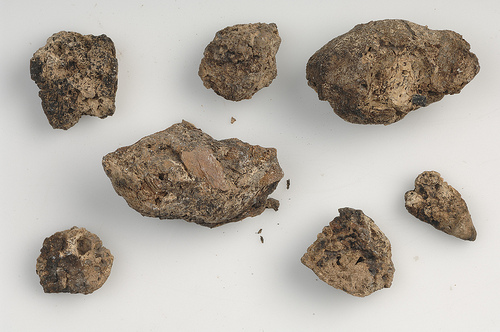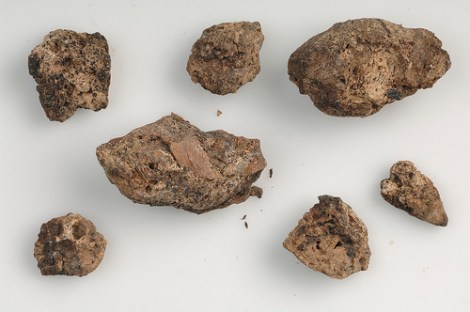Traditionally when scientists have wanted to figure out how the population of an area in the distant, non-recorded past, they have looked at things like pollen concentration and ashes left from fire. Now, researchers from University of Massachusetts, Amherst have discovered that human feces is possibly a much more accurate marker of not only how many people lived in a particular area over time, but what factors might have made a place less or more attractive to its inhabitants.
Scientists found coprostanol, a byproduct of digestion, in 7,300-year-old sediment cores in an area north of the Arctic Circle in Norway. They compared the concentration of coprostanol over time and found that it corresponded to information from tree rings. In other words, more coprostanol, more people, and there tended to be more people when the area was hospitable to their presence climate-wise. Because the area they were looking at is quite far north and very slight changes in temperature would greatly influence the capacity to grow food, population tended to have a more dramatic ebb and flow than it would have had in more temperate areas.
The exciting thing about poop is that it is much more accurate than other signs of human life, so this method of tracking humans will prove especially useful in places where a history of human habitation is particularly unclear. When cavemen were pooping, we are glad they didn’t know someone was going to be so excited about it. They might have been embarrassed, if embarrassment had been invented back then.





